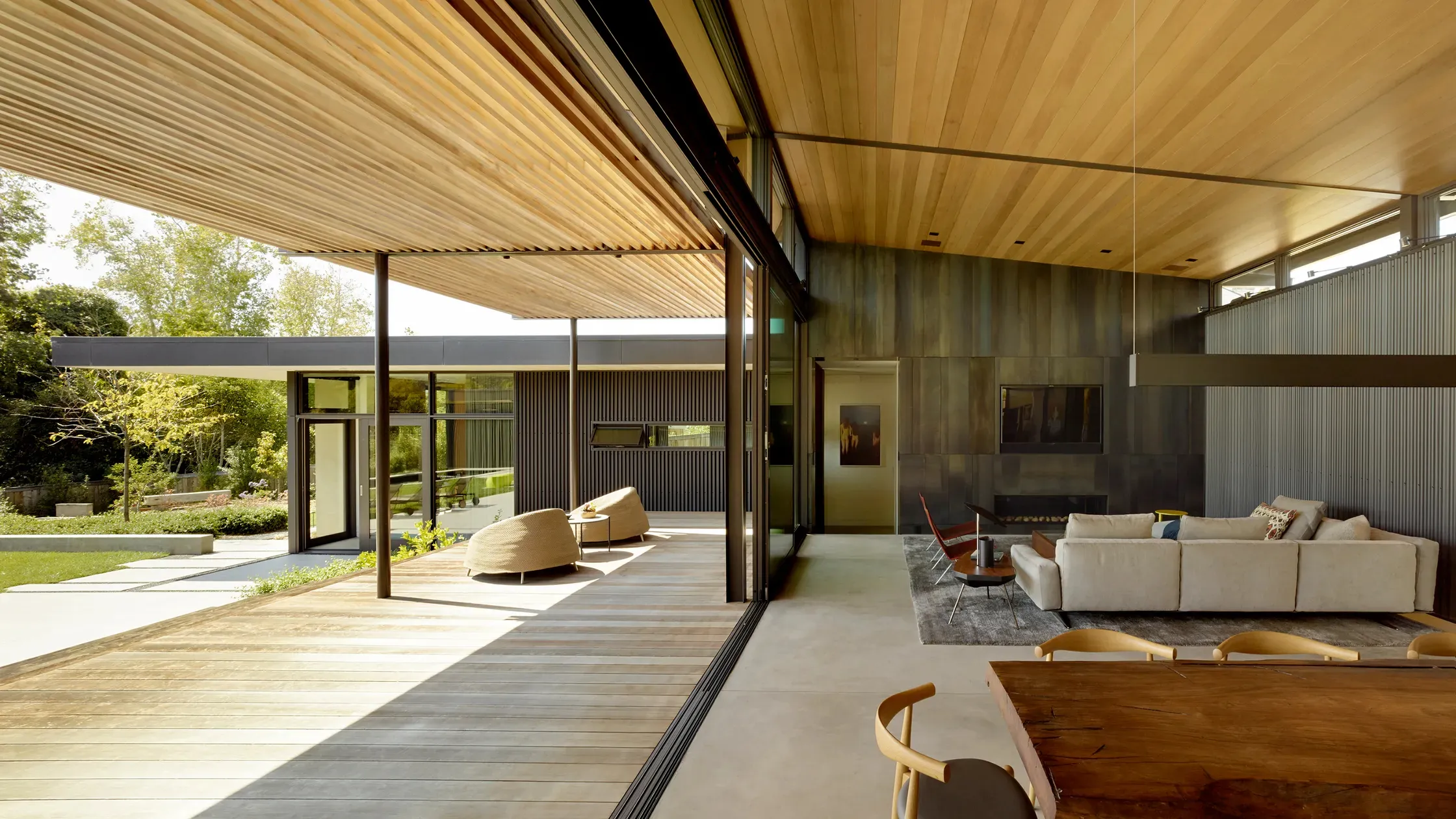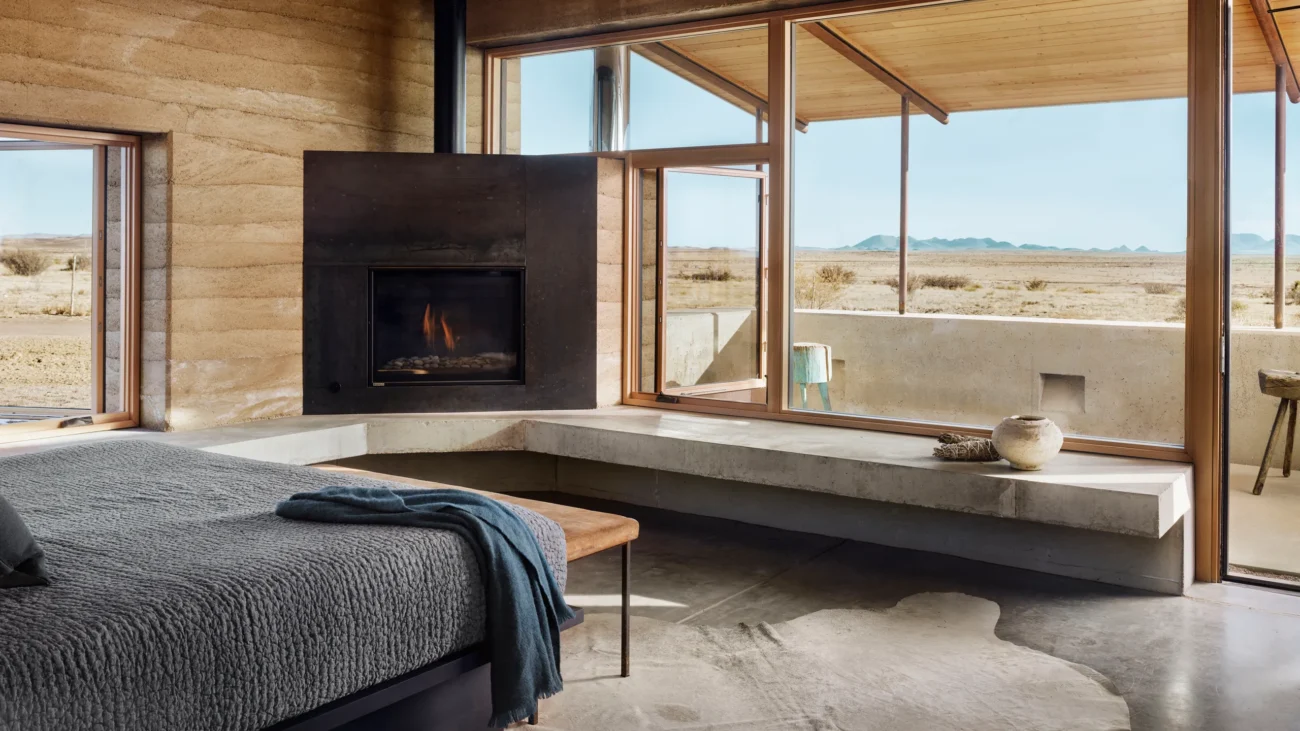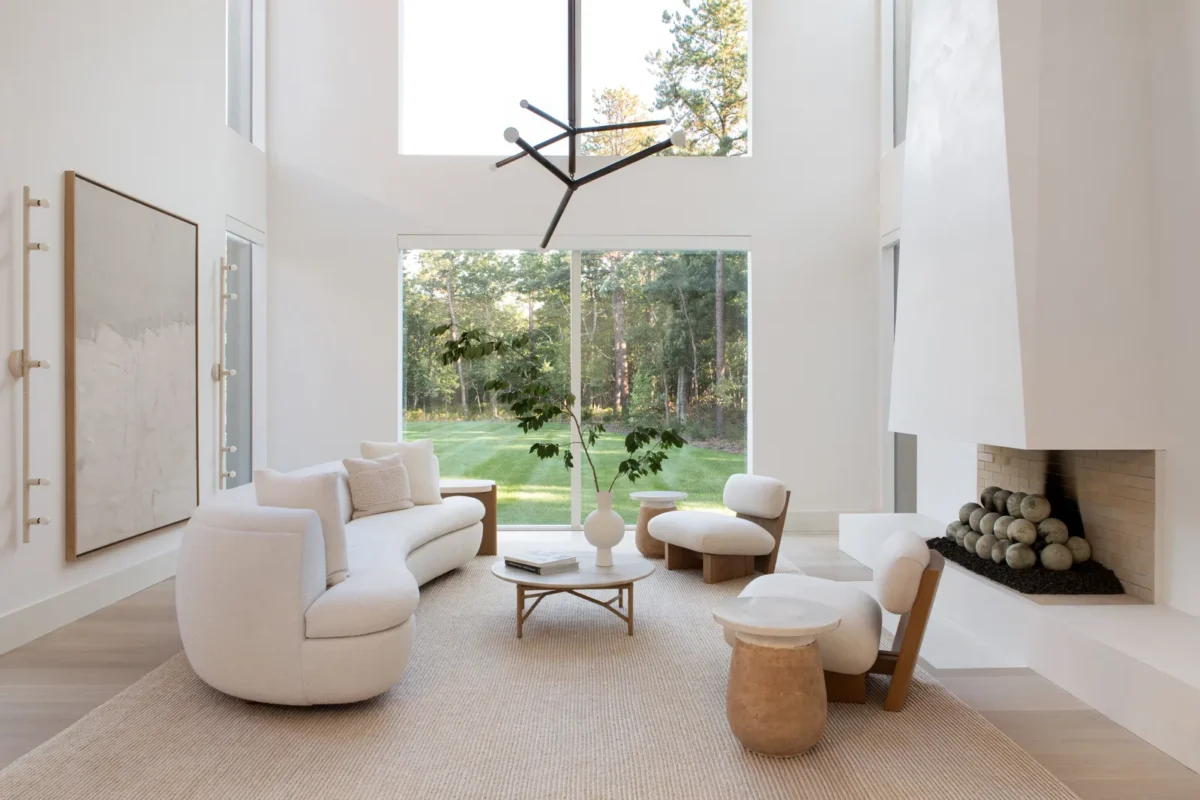Blog
The Rise of Minimalism in High-End Architecture

The Silent Power of Space: How Minimalism is Redefining High-End Architecture
In the world of High-End Architecture, the dialogue between luxury and restraint has never been more captivating. Minimalism, once regarded as an austere movement, is now shaping the identity of the most prestigious projects worldwide. Architects, developers, and visionaries are finding that less is not only more but also more powerful, timeless, and culturally resonant. From sleek private villas in Ibiza to cultural landmarks in Tokyo, the minimalist ethos is becoming the new definition of sophistication.
Why Minimalism Speaks to the New Era of Luxury
Minimalism in High-End Architecture is not about deprivation; it is about clarity, proportion, and harmony. Today’s high-net-worth individuals are shifting their values from overt displays of wealth toward an appreciation of space, light, and detail. The prestige lies in the purity of form, the precision of materials, and the experience of serenity that minimalist spaces offer.
Luxury clients and design professionals recognize that minimalism creates spaces where every detail is intentional. This deliberate refinement elevates projects beyond trends and turns them into enduring statements of taste and culture.
The Historical Roots of Minimalism in Architecture
The roots of minimalist design can be traced back to early 20th-century modernism, with pioneers like Mies van der Rohe and his iconic dictum “less is more.” In High-End Architecture, these principles evolved into a refined aesthetic, combining clean geometries with luxury materials such as marble, glass, and natural wood. Japanese design philosophies, with their emphasis on simplicity and harmony, further influenced today’s minimalist approach to global architecture.

Defining Characteristics of Minimalist High-End Architecture
- Spatial Clarity: Open layouts that emphasize flow and continuity.
- Material Integrity: Authentic use of stone, wood, concrete, and glass.
- Natural Light: Large windows, skylights, and glass facades that merge interiors with landscapes.
- Neutral Palettes: A restrained use of color to highlight textures and forms.
- Subtle Detailing: Hidden storage, seamless lines, and integrated systems.
Together, these features redefine what it means for architecture to be both luxurious and minimalist.
Global Expressions of Minimalism
Europe: Villas That Merge with the Landscape
Across the Mediterranean, minimalist villas are designed to embrace the natural environment. Properties in Ibiza, Capri, and the French Riviera showcase flat-roofed structures, expansive terraces, and whitewashed finishes that echo their coastal surroundings. In these spaces, High-End Architecture becomes a frame for nature itself.
Asia: Spiritual Minimalism
Japan continues to influence the world with its zen-inspired approach to design. Here, minimalism is not merely a style but a philosophy. High-end homes and cultural buildings prioritize balance, silence, and fluidity, offering an architectural expression of mindfulness.
North America: Urban Minimalism
In cities like New York and Los Angeles, minimalism is expressed through soaring penthouses and modernist mansions. These projects embrace vast glass walls, steel frameworks, and restrained interiors that highlight panoramic views of skylines and nature alike.

The Cultural Shift Driving Minimalism in High-End Architecture
Minimalism’s rise is deeply connected to broader cultural shifts. In an era marked by digital noise and rapid consumption, true luxury lies in calm, uncluttered spaces. High-net-worth individuals are gravitating toward homes and properties that embody wellness, privacy, and timelessness. Architects are responding by stripping back ornamentation to focus on experiences: the warmth of sunlight moving through a room, the tactility of natural stone underfoot, or the framed view of a horizon.
How Minimalism Enhances Lifestyle and Value
Minimalist High-End Architecture is not only aesthetically appealing but also financially and functionally advantageous. Spaces designed with clarity and intention are more adaptable to changing lifestyles and evolving design preferences. Moreover, minimalist architecture tends to age gracefully, retaining its cultural and market value across generations.
Key Benefits of Minimalist Luxury Homes
- Timeless Appeal: Minimalist design resists fleeting trends, ensuring long-term relevance.
- Wellness Integration: Spaces promote mental clarity and physical well-being.
- Environmental Synergy: Many projects incorporate sustainable materials and energy-efficient systems.
- Investment Value: Minimalist properties often appreciate due to their enduring aesthetic and broad appeal.
The Future of Minimalism in High-End Architecture
The trajectory of minimalism in High-End Architecture is clear: it will continue to evolve as the most aspirational language of design. However, its future lies not in strict uniformity but in personalization. The new wave of minimalist luxury embraces subtle cultural references, artisanal craftsmanship, and technological innovation. As a result, each project becomes unique while still adhering to the principles of clarity, harmony, and restraint.

A New Definition of Luxury
The rise of minimalism in High-End Architecture reflects a profound shift in the global understanding of luxury. Today, true prestige is not measured by how much is added but by how much is refined and removed. For architects, designers, and discerning clients, the minimalist movement offers a vision of elegance that is at once timeless and forward-looking. In a crowded world, these spaces create something priceless: room to breathe, to reflect, and to experience the essence of life itself.
Why Mediterrazza?
At Mediterraza, we understand the role of design in shaping exceptional outdoor spaces. Discover our collection of outdoor furniture, crafted to bring harmony and enduring comfort to open-air environments.
Our Bespoke Section features outdoor design projects with custom-made furniture that transform every exterior into a unique expression of art and lifestyle.








